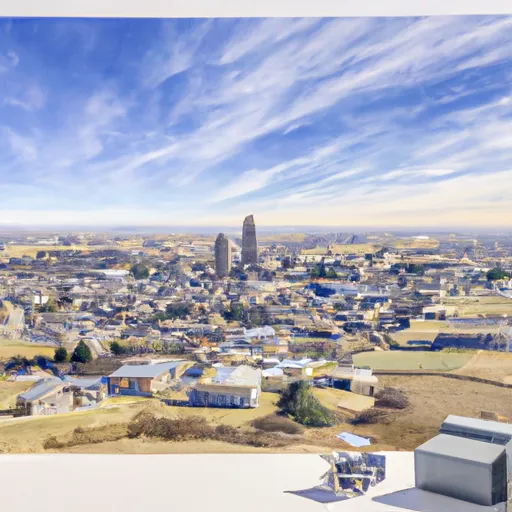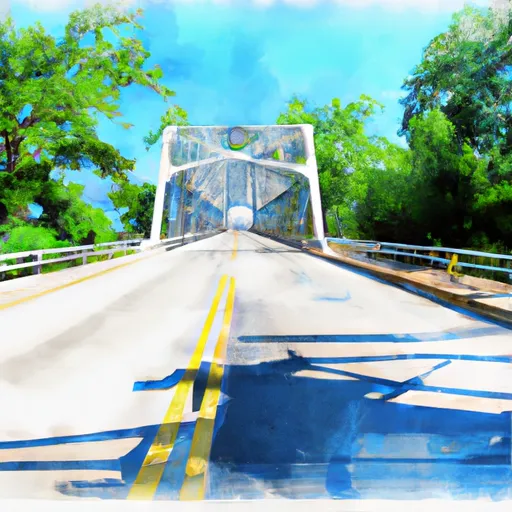°F
°F
mph
Windspeed
%
Humidity











Iowa City, located in Johnson County, Iowa, offers a pleasant climate and abundant outdoor recreational opportunities. The city experiences a humid continental climate, characterized by hot summers and cold winters. Summers are typically warm, with average temperatures ranging from 70°F to 90°F. Winters are cold, with average temperatures ranging from 15°F to 35°F. Precipitation is evenly distributed throughout the year, with an average annual rainfall of around 36 inches.
Iowa City is situated near the Iowa River, which provides hydrology constituents to the area. The river offers opportunities for boating, kayaking, and fishing. The Coralville Lake, located just north of Iowa City, is a popular spot for water-based activities, including swimming and sailing.
Outdoor enthusiasts can explore the various parks and trails in and around Iowa City. Hickory Hill Park, City Park, and Terry Trueblood Recreation Area offer hiking and biking trails, picnic areas, and scenic landscapes. The Devonian Fossil Gorge, formed by a flood in 1993, is another unique outdoor attraction where visitors can observe ancient marine fossils.
Overall, Iowa City's climate, hydrology constituents, and outdoor recreation opportunities make it an ideal destination for nature lovers and adventure seekers.
Weather Forecast
Iowa-City receives approximately 945mm of rain per year, with humidity levels near 84% and air temperatures averaging around 11°C. Iowa-City has a plant hardyness factor of 5, meaning plants and agriculture in this region thrive during a short period during spring and early summer. Most plants will die off during the colder winter months.
Regional Streamflow Levels
749
Cubic Feet Per Second
45,000
Cubic Feet Per Second
386
Cubic Feet Per Second
3,010
Cubic Feet Per Second
Nearby Camping
| Camping Area | Reservations | Toilets | Showers |
|---|---|---|---|
| Pendleton Bend | |||
| Jerktail Landing | |||
| Greer Crossing | |||
| Riverfront RV Park | |||
| Rising Star | |||
| Notrebes Bend |



